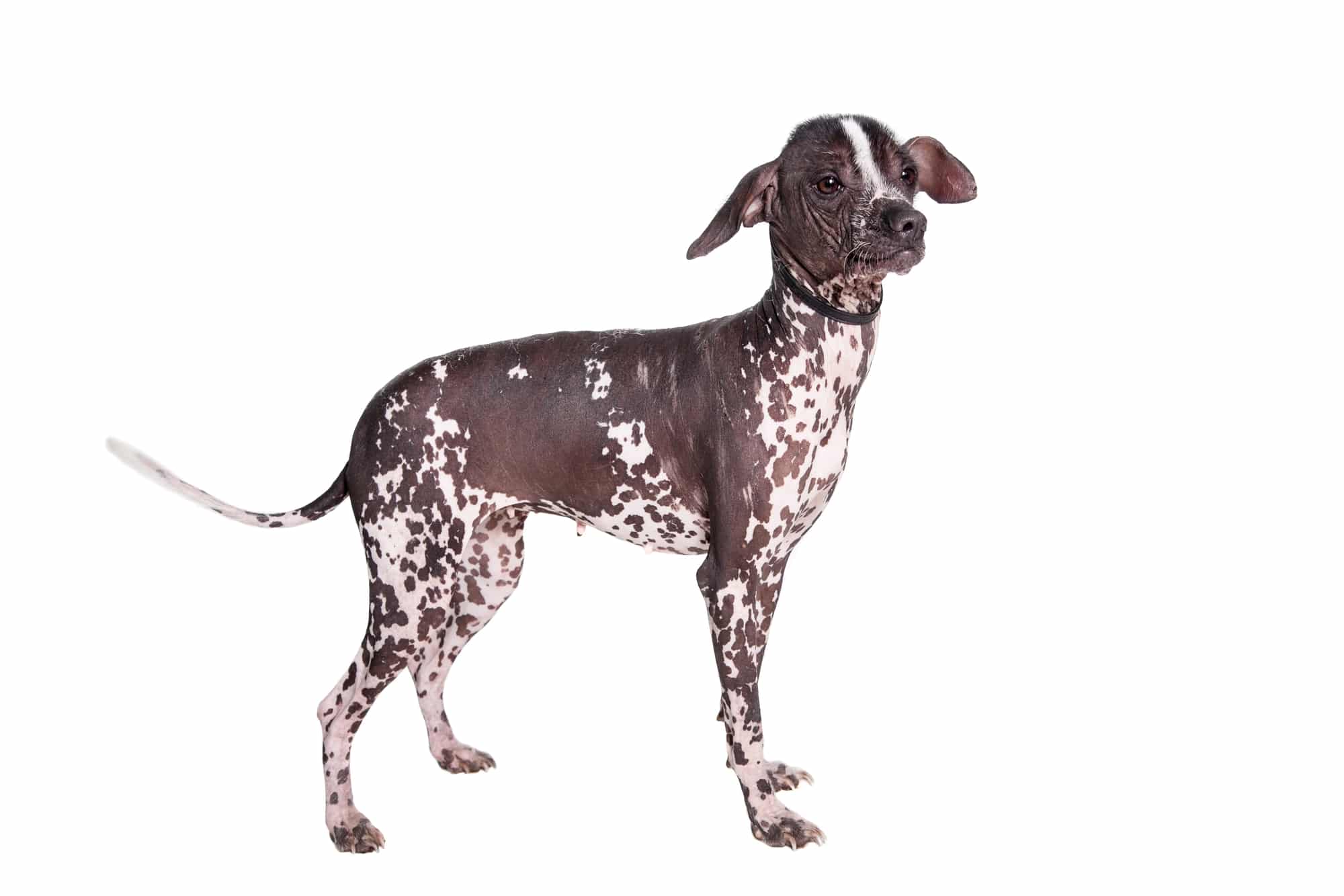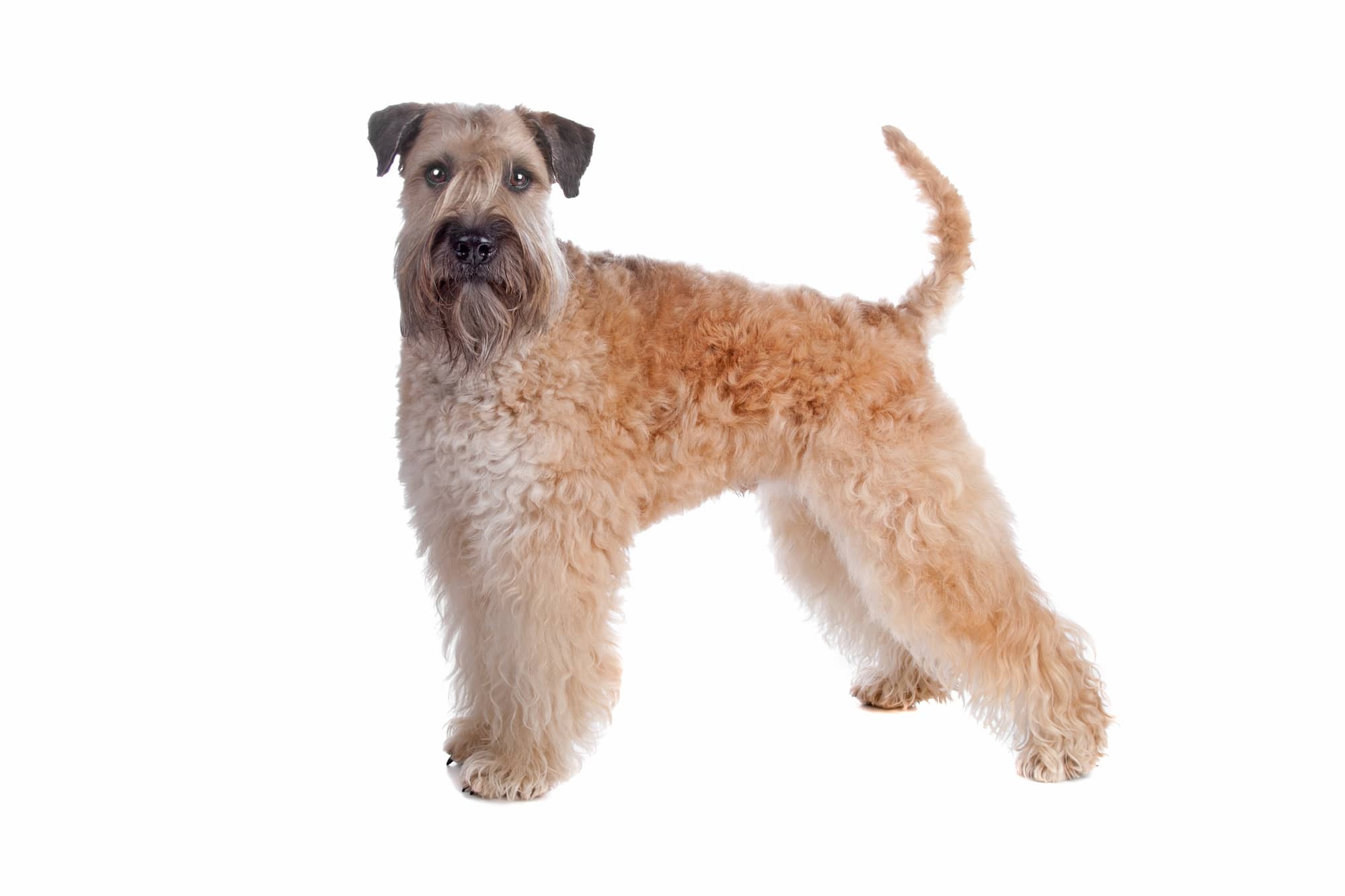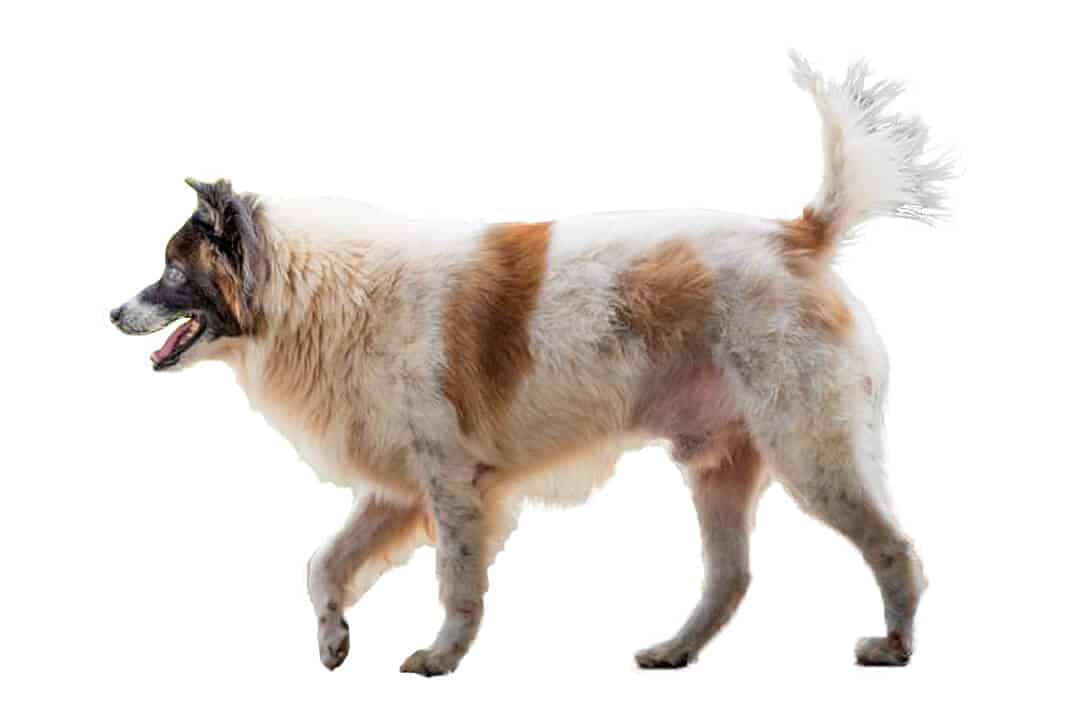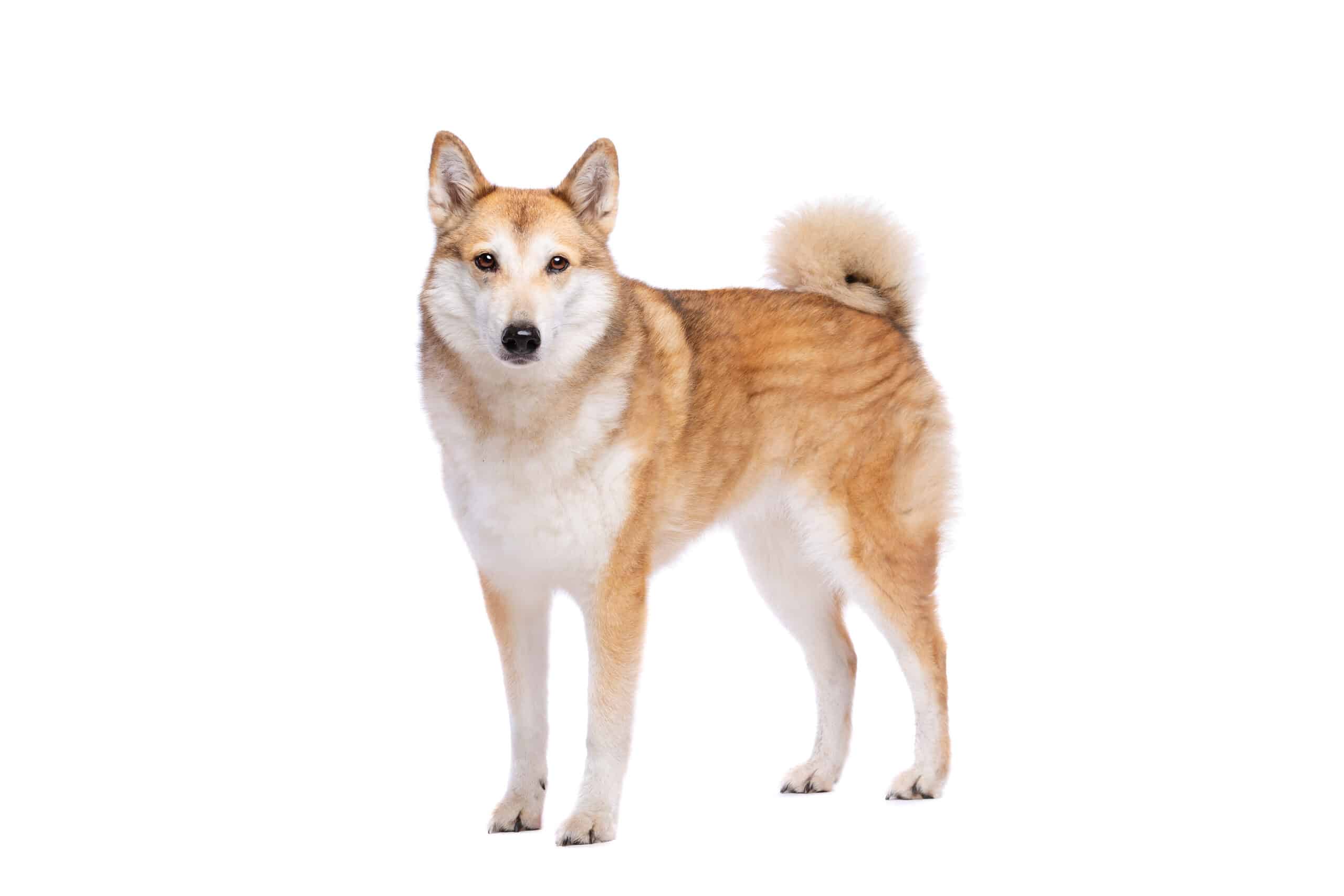Thai Ridgeback Dog
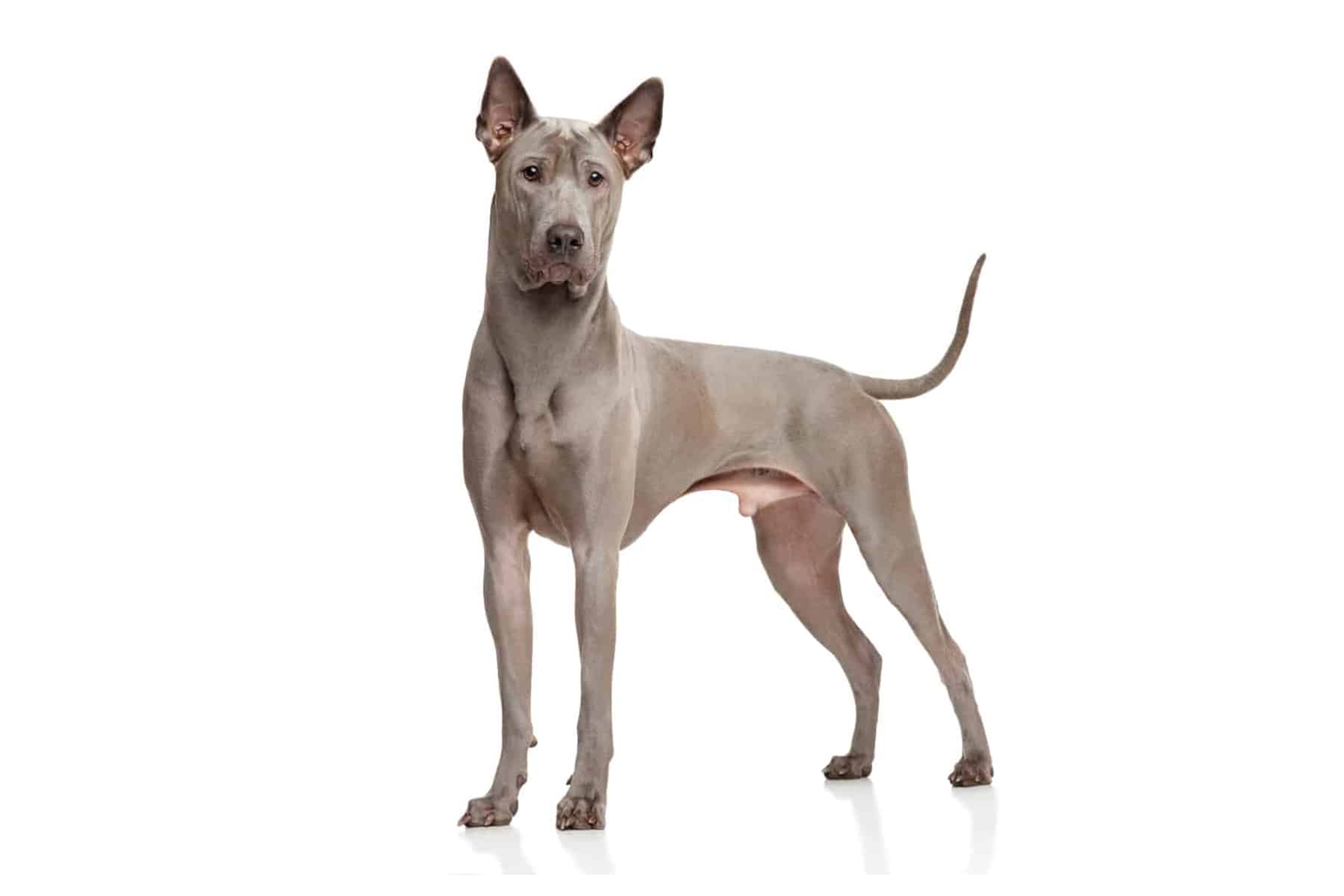
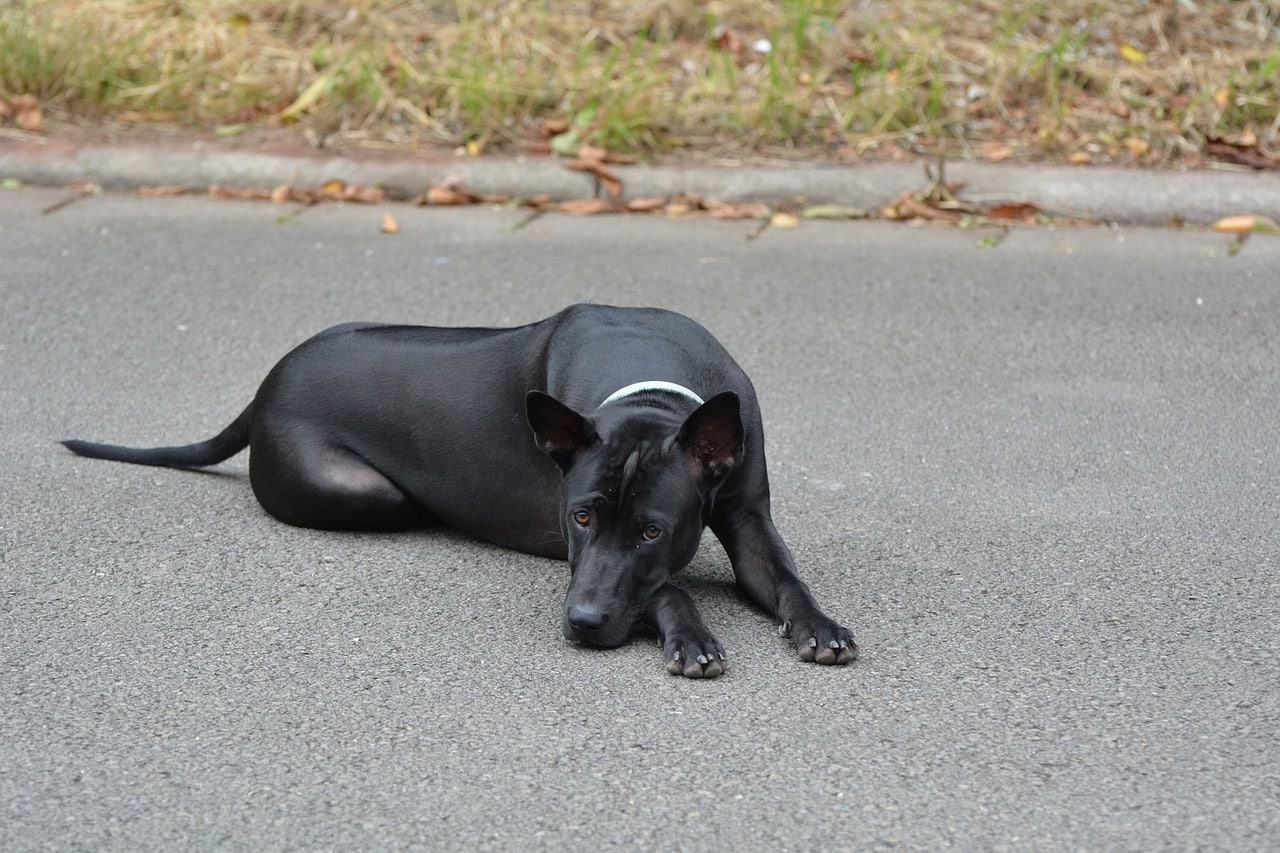
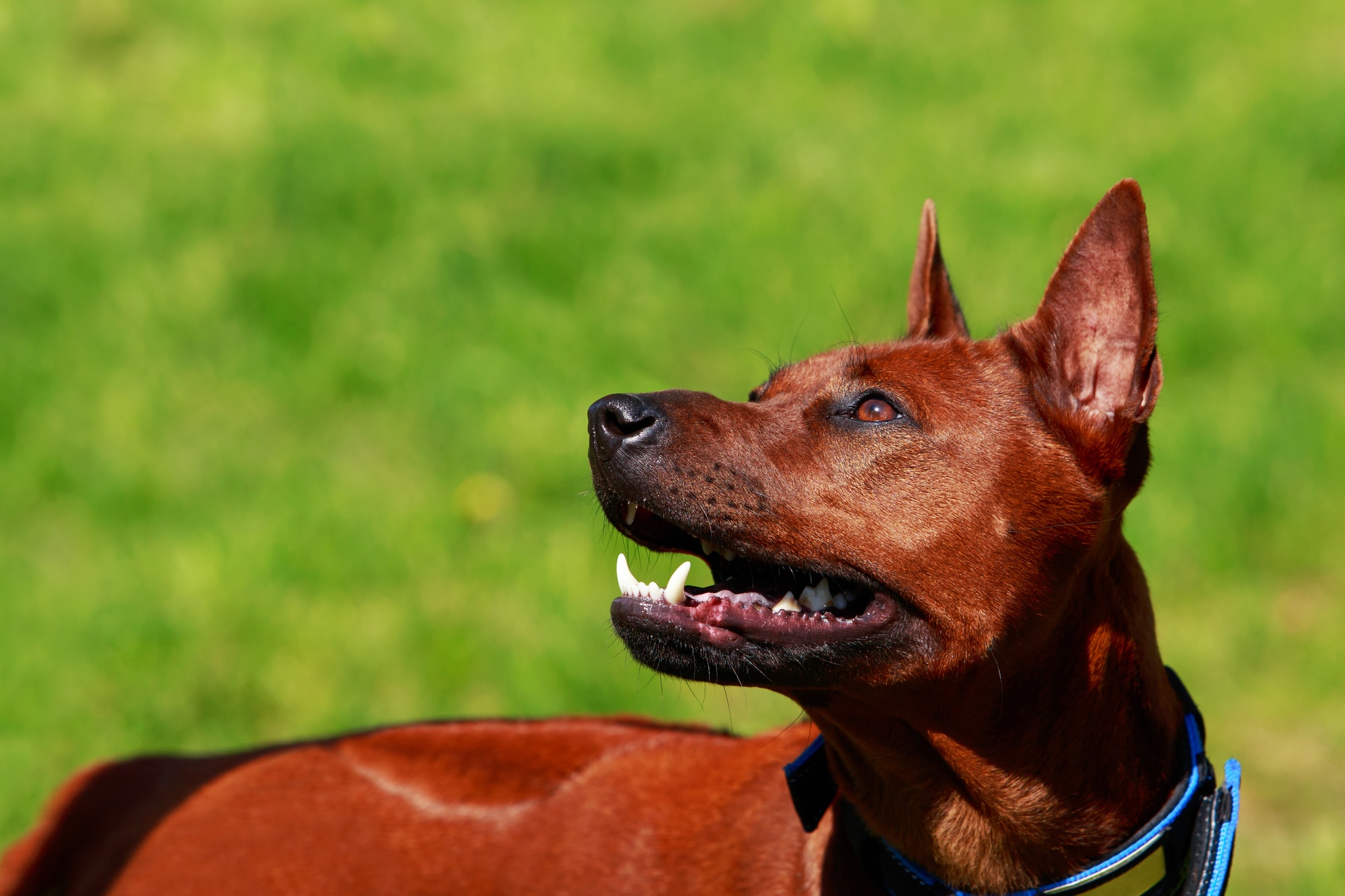
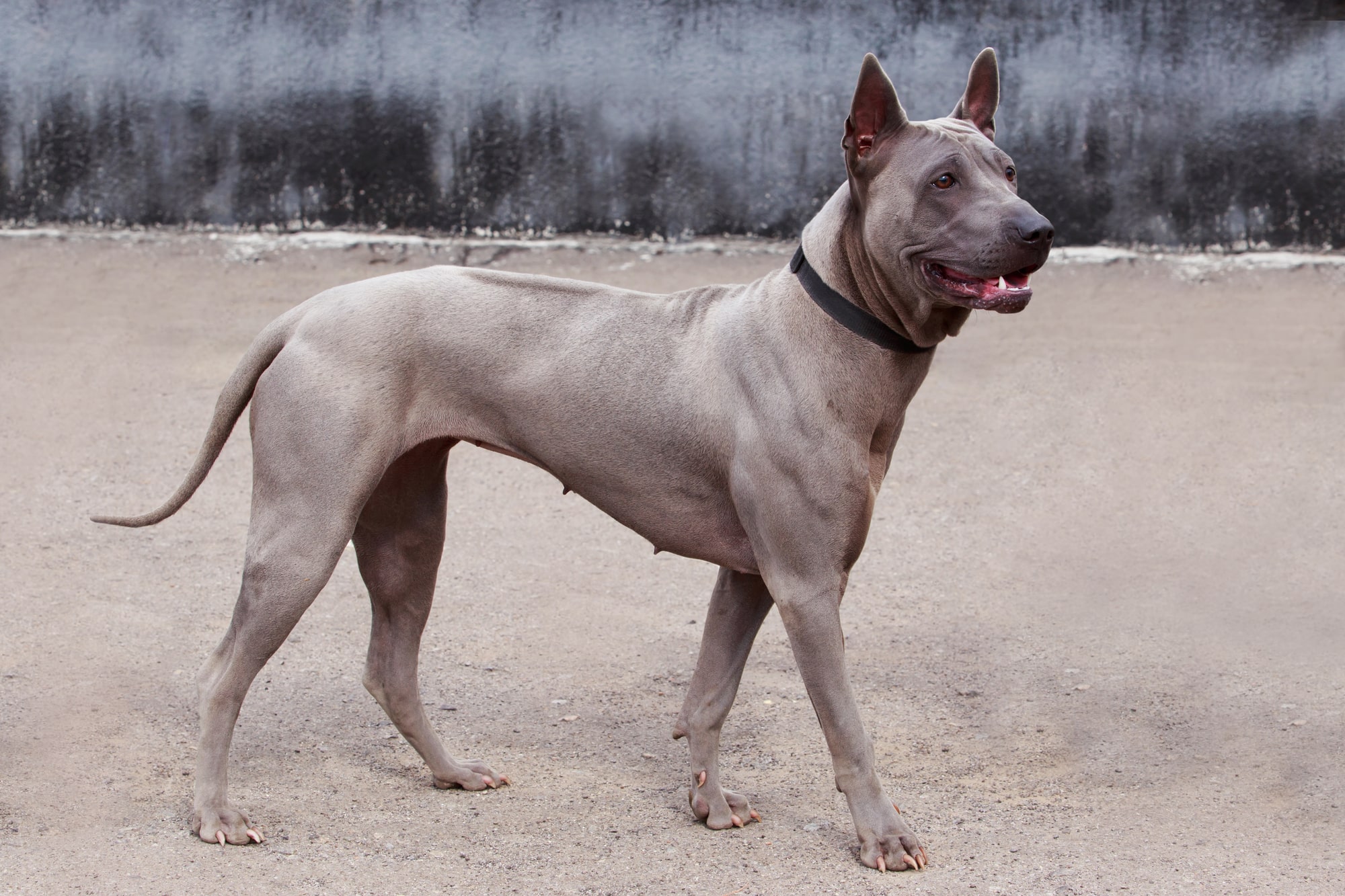
Temperament:
The Thailand Ridgeback Dog - also known as the Thai Ridgeback - comes from Thailand, as the name suggests. The dogs have a great urge to move and are very alert. This is why they used to be used primarily as hunting and guard dogs. This is still reflected in the nature of the Thai Ridgeback today. It is therefore not a dog for beginners. However, an experienced dog lover can develop a real friendship with this animal.
Characteristics
The Thai Ridgeback is of medium size. Females reach a shoulder height of up to 56 cm. Males can grow to over 60 cm. The dog weighs approximately 23 to 34 kg.
The Thai Ridgeback has a well-defined body. Its muscles are clearly visible through the soft skin and the velvety, short coat.
The forehead of the Thai Ridgeback is usually wrinkled. The medium-sized, triangular ears are often attentively pointed forward.
The tail is slightly curved and upright.
This dog has a "ridge" on its back. This means that it forms a ridge of hair on its back. This ridge is the breed's distinguishing feature. The ridge grows in the opposite direction to the rest of the coat, usually starting at the shoulders and extending over the back to hip level.
However, this characteristic varies from individual to individual. Hair combs that stand out clearly from the rest of the coat are considered particularly beautiful. In addition, a narrow hair comb is usually preferred.
The hair comb is caused by a genetic defect. In humans, this defect is known as an open back. However, the Thai Ridgeback only has a weakened form of it. Nevertheless, problems can occur in some dogs.
The coat of the Thai Ridgeback is black, red, blue or fawn (very light). Single-colored dogs are preferred. A blue coat color is also due to a genetic defect. Occasionally, hearing or vision problems can occur in these dogs.
In general, however, the Thai Ridgeback is considered to be very robust and hardy. It has a very lively temperament. They are fast, agile and very alert. This breed needs a lot of exercise and activity to keep its strength up. It is also known for its exceptional jumping ability.
The Thai Ridgeback has very keen senses and is a very curious contemporary. His favorite pastime is hunting. He is known for his courage and loyalty. Even if he doesn't always listen to what you tell him, because he has a mind of his own.
It is therefore particularly important that you engage intensively with the animal. In this way, a level of mutual understanding and deep trust can be found. This offers the opportunity for a genuine friendship between dog and human.
The Thai Ridgeback is more reserved than aggressive. In the house, he shows his calm side to the family. It can be a very affectionate and loving dog.
Coat care:
Shedding:
Energy level:
Trainability:
Children suitable:
The right food
When choosing food, make sure that it contains high-quality ingredients, is balanced and meets your dog's requirements. Age, size or weight, activity and health status play an important role. You should follow the manufacturer's recommendations for the amount of food.
Treats should only be fed in moderation and deducted from the basic diet to avoid obesity.
Puppies can be fed 4-6 times a day. The number of meals should be gradually reduced to 2 per day until the dog is fully grown. A rest period should be observed after meals.
Fresh drinking water should be available at all times.
Health & Care
The Thai Ridgeback is an intelligent and attentive dog. It would therefore be an ideal training partner. If it weren't for its pronounced hunting instinct. When in doubt, the Thai Ridgeback will not obey. If a rabbit scurries past, the Thai Ridgeback will dash off and catch the scent.
That's why the Thai Ridgeback needs a strong hand to guide him. However, this does not mean that you should be rough with your dog. On the contrary, this could unsettle your dog and backfire. This is because the Thai Ridgeback is a very sensitive and emotionally intelligent dog. That's why you should be an experienced and patient dog trainer to train a Thai Ridgeback.
Don't punish your dog. Instead, you can achieve quick and long-term learning progress through positive conditioning. You will also get your dog to recognize you as a leader. This is very important. After all, the four-legged friend is usually physically stronger than the two-legged friend at the other end of the lead.
The best way to train a Thai Ridgeback is as a puppy. To do this, you should take him to dog school at a dog club at an early age. Before that, you can positively influence his socialization by letting him play with other puppies. This will encourage his social behavior later in life.
In this way, he learns the language of his fellow dogs at an early age and can later better assess and understand other dogs, which avoids misunderstandings.
Otherwise, the Thai Ridgeback is not particularly susceptible to disease. Of course, it is important that the breeder has done a good job and was not just out to make a profit. You should therefore always check carefully where you buy your dog.
If you take good care of your Thai Ridgeback, he can live to be at least 12 years old.
General care includes wiping the eyes and ears and keeping the folds clean. You can do this with a clean, damp cloth. If you notice any redness or if the ears smell unpleasant, you should consult a vet as this may be a sign of infection.
Teeth must be brushed regularly. Use a dog toothpaste and a dog toothbrush or finger brush.
If the claws do not wear off by themselves, they must be trimmed regularly.
The coat does not need any special care. It is sufficient to brush it once or twice a week. A dog should only be bathed if it is really necessary and the dirt cannot be removed by brushing or simply showering with water. Use a mild dog shampoo for this.
After every walk you should check the paw pads for foreign bodies and remove them. Also check the body for parasites such as ticks and remove them with tick tweezers.
Suitable accessories
For the care of a Thai Ridgeback, as for any other dog, you need a certain amount of basic equipment. You should pay attention to quality and not quantity. The basic equipment consists of the following accessories:
Collar or harness with lead, dog basket or dog mat as a retreat, water and food bowl, tick tweezers, claw clippers, mild dog shampoo, brush and comb or rubber curry comb, toothbrush and toothpaste for dogs, transport box for transportation in the car and a first aid kit. It's best to ask your vet what should be in the first aid kit.
Toys, such as balls, are very important for a Thai Ridgeback. You can let your dog fetch the balls. This way you can always keep your four-legged friend busy. Even if you are exhausted or tired and have no energy to run around.
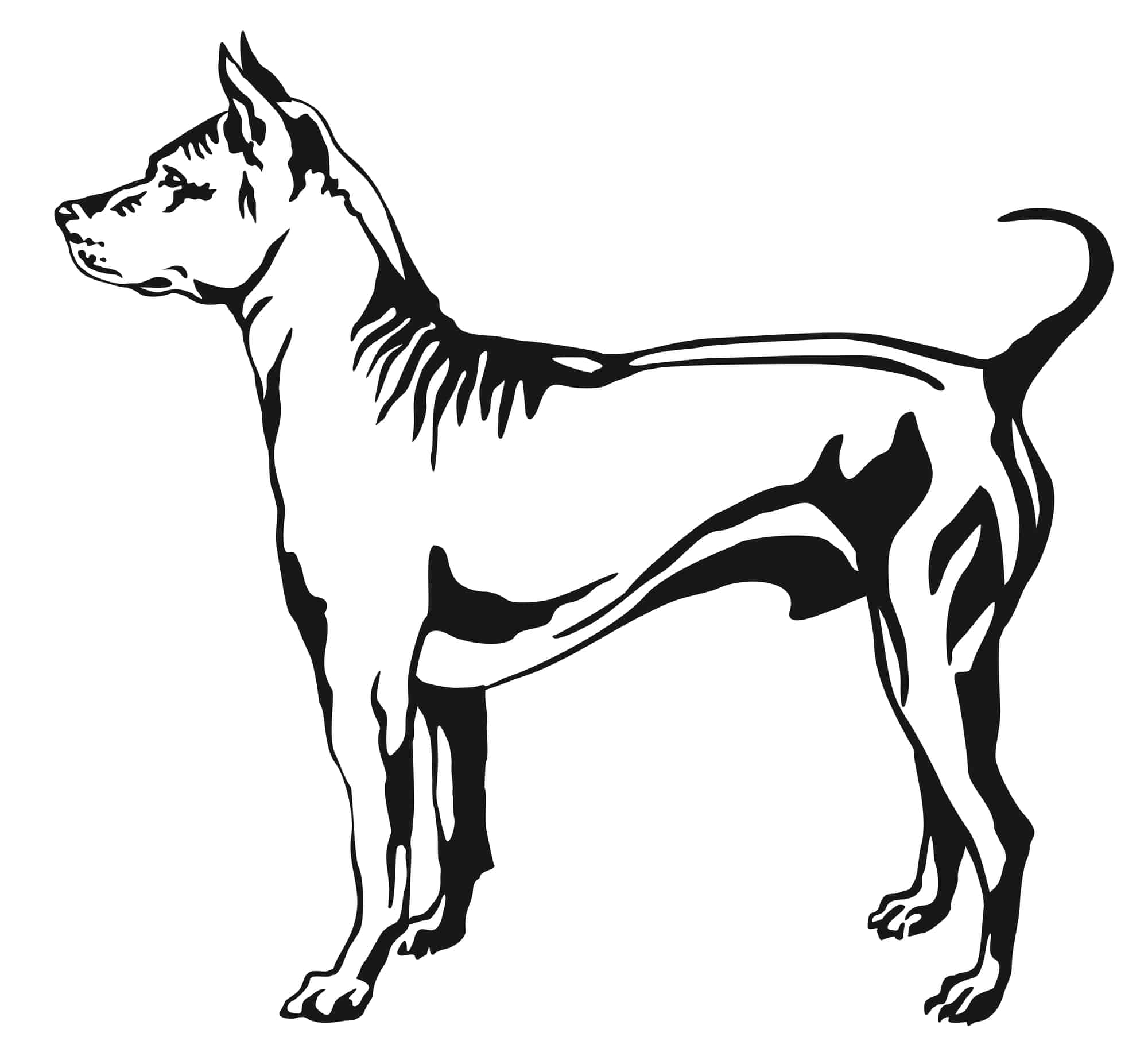
Origin & History
The roots of the Thai Ridgeback lie in eastern Thailand. It is believed that the breed originated on the island of Phu Quoc in the Gulf of Thailand. Its ancestors have lived there independently of humans for centuries.
This breed developed there in isolation from other four-legged breeds. The Thai Ridgeback breed is said to have been mentioned in written records dating back more than 350 years.
The Thai Ridgeback continued to spread and eventually arrived in Bangkok. The original breeding of the Thai Ridgeback is said to have begun there. The ancestors of the Thai Ridgeback were mainly used as hunting and guard dogs. They were also valued as companions for carters.
The Thai Ridgeback is one of the only two dog breeds recognized by the FCI with a ridge. The other breed is the Rhodesian Ridgeback. Whether the Rhodesian Ridgeback and the Thai Ridgeback have a common past is still unclear.
In 1980, the Japan Kennel Club became interested in the Thai Ridgeback and established the first standards in 1990. Final recognition by the FCI did not take place until 2003.
The Thai Ridgeback is a rare breed. There are only a few good breeders in Germany who are involved in breeding this dog. The number of Thai Ridgebacks living in Thailand is estimated at around 2500 animals.
